Planting Technology Lists
-
Propagation of Tripterygium wilfordii
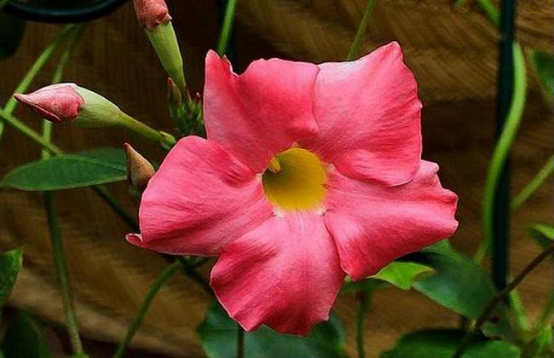
The most suitable growth temperature of Tripterygium wilfordii is 20-31 ℃, and it is the most suitable for cultivation in spring, which should not be lower than 10 ℃ to avoid freezing injury. Tripterygium wilfordii has a strong ability to adapt to the soil, especially like the sandy soil rich in humus. Generally, sowing and cutting are used to propagate, and semi-lignified branches are selected.
2018-11-28 -
Culture of Tripterygium repens
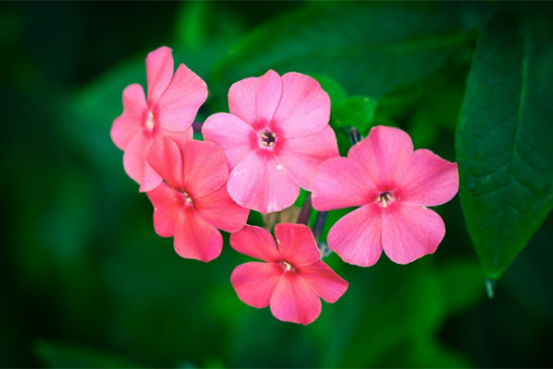
1. The flowering period of Piaoxiang vine is mainly in summer and autumn. If you maintain it properly, it can blossom in other seasons. 2. Light fragrant vines prefer warm, humid and sunny environments, and can also be placed in slightly shaded places, but the lack of light reduces flowering. The optimum temperature for growth is 20-30 ℃.
2018-11-28 -
Matters needing attention in culture of Tripterygium wilfordii
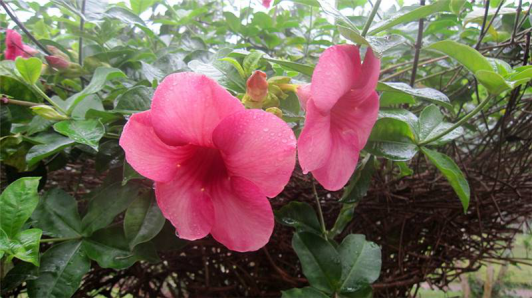
1. Fragrant vines need to be given sufficient light, lack of light will affect the flowering of fragrant vines, and is not conducive to the growth of fragrant vines. two。 When applying fertilizer, the dosage of nitrogen fertilizer should be controlled. Excess nutrition will make the plant grow too prosperous, which is not conducive to flowering. 3. Although Piaoxiang vine has strong resistance to adversity,
2018-11-28 -
The planting method of aristolochia tubulosa
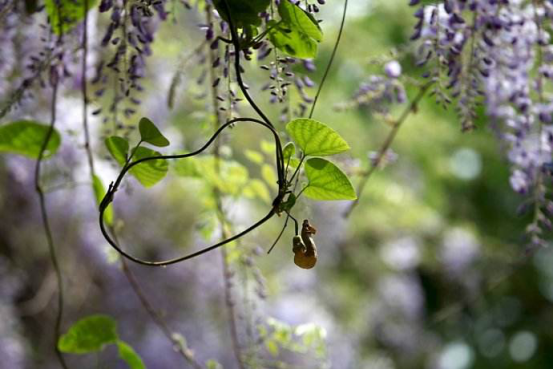
1. For the cultivation of Aristolochia tubulosa, weeding and loosening should be carried out frequently at its seedling stage. When the seedling grows to 5 cm high, weeding should be carried out once, but attention should be paid to preventing damage to the roots of Aristolochia tubulosa. After that, it is combined with fertilization for weeding for about 3 times. 2, when the seedlings up to 5 cm, this time should be thinned
2018-11-28 -
Propagation of Tripterygium wilfordii
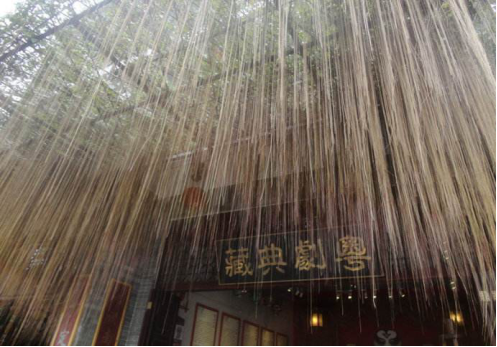
Hydroponic propagation air root is the main part of reproduction, when using hydroponic propagation to trim branches about 10CM, and then insert it into a container containing water, it will take root in about ten days, when it grows to a certain number, it can be planted. There is no need to water and fertilize, just pruning on time
2018-11-28 -
How to raise rosemary?
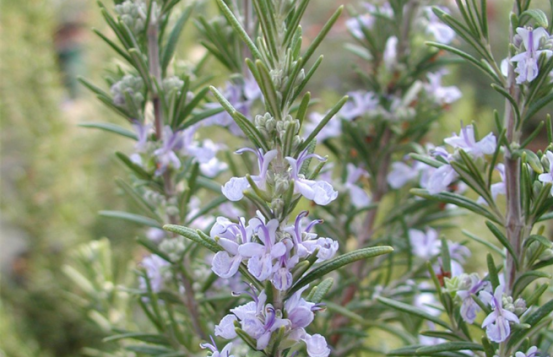
1. Light and temperature. Rosemary likes a warm and suitable environment. It can be planted all the year round in the south, while it is mostly used in pot culture in the north, which is conducive to moving indoors for warmth in winter. Rosemary likes sunlight, and it should have no less than 8 hours of sunlight every day. In summer, high temperatures can be appropriately shaded. 2. Soil
2018-11-28 -
Propagation method of Castanopsis thunbergii
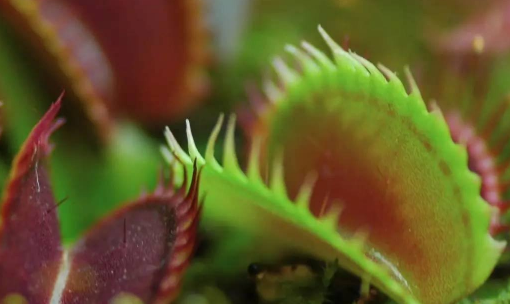
Although there are many varieties of Castanopsis grossedentata, most of them can be propagated by leaf cutting, so we generally use leaf cuttings in cuttage propagation, of course, it is possible to use sturdy stems for cuttage. When the operation method is used for leaf cutting
2018-11-28 -
Propagation method of Crocus sativus L.
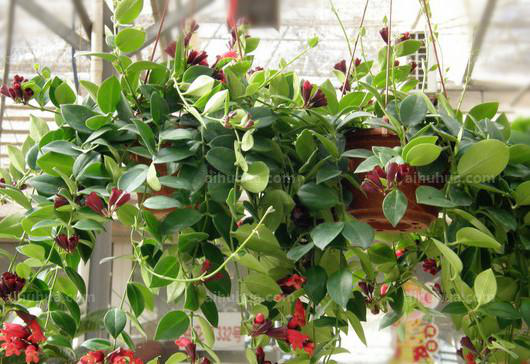
Among the propagation methods of saffron, cutting is a more convenient method, and the survival rate of cutting is higher, for family breeding friends, the maneuverability of cutting is also strong. Cutting propagation of lipstick flowers can be carried out all the year round if the temperature is right. But want a higher survival rate.
2018-11-28 -
Control methods of diseases and insect pests of Platycodon grandiflorum

Control methods of diseases and insect pests of Platycodon grandiflorum
2018-11-28 -
Control of diseases and insect pests of Rosemary
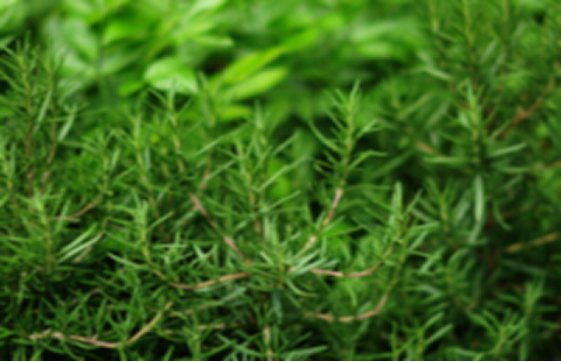
1. Disease. The common diseases of rosemary are root rot, gray mold and so on. Prevention and control measures: Rosemary disease occurs mainly because the air environment is too humid, once the disease is found, it should be moved to the outside in time for ventilation and cool. 2. Insect pests. The main pests of rosemary are red leaf mites and white whitefly.
2018-11-28
